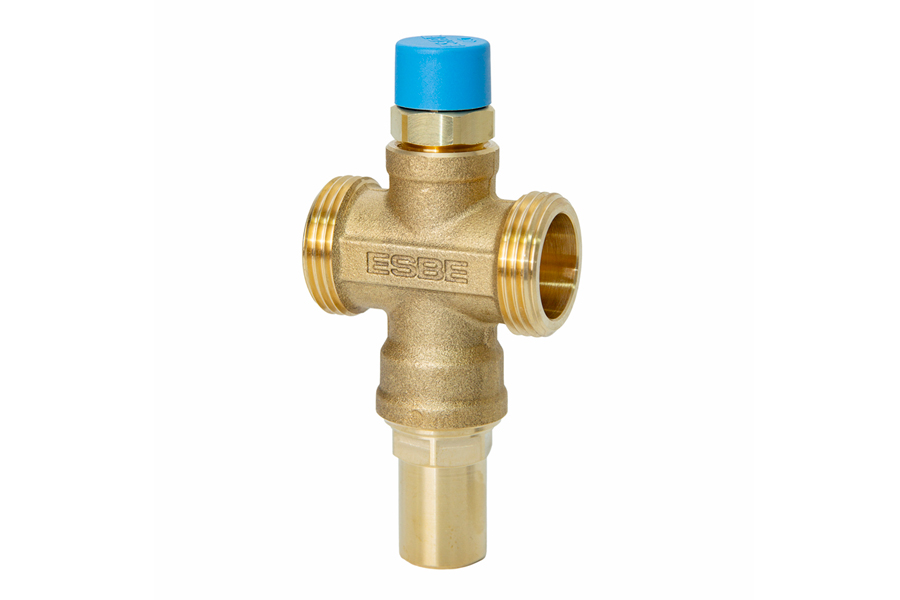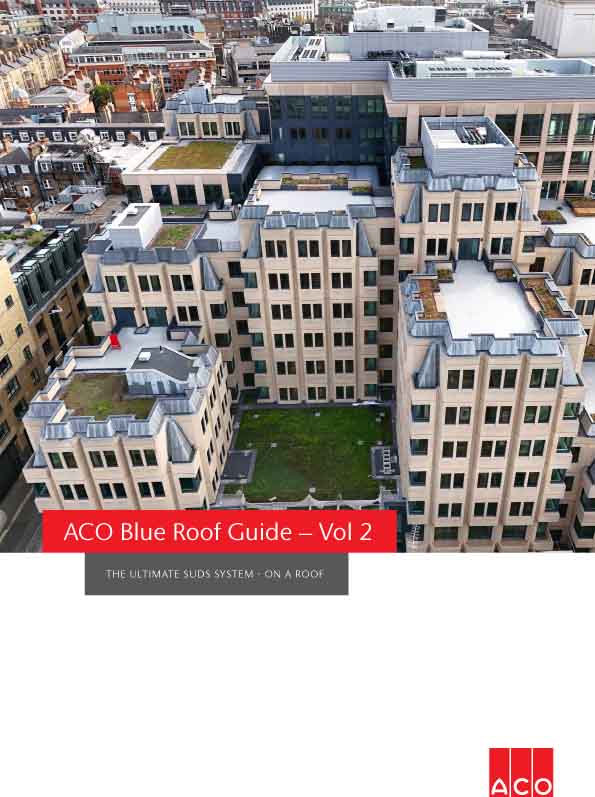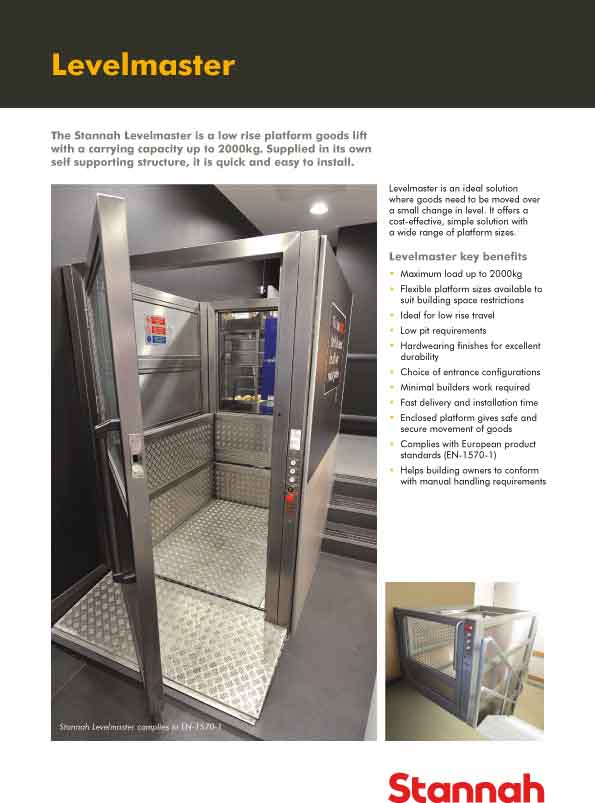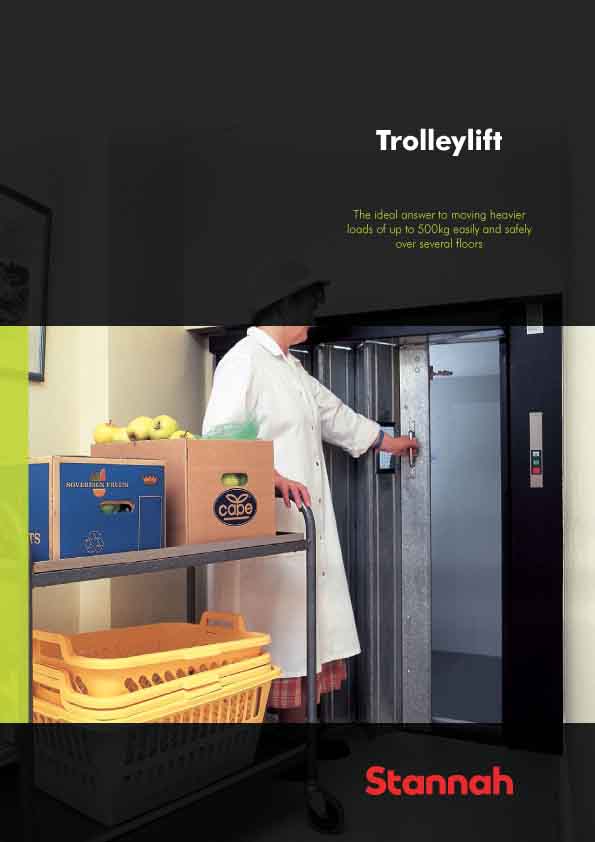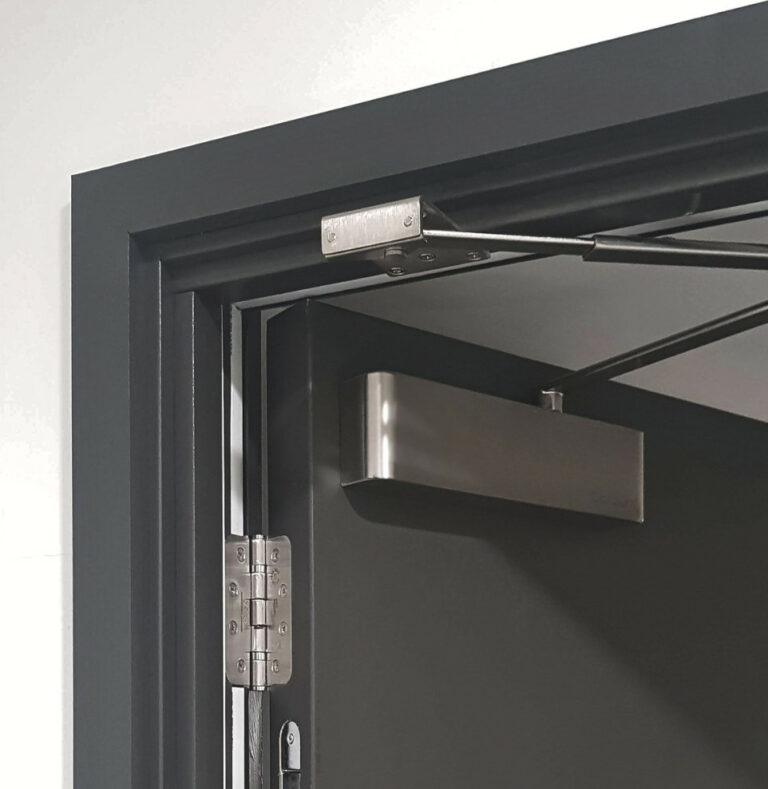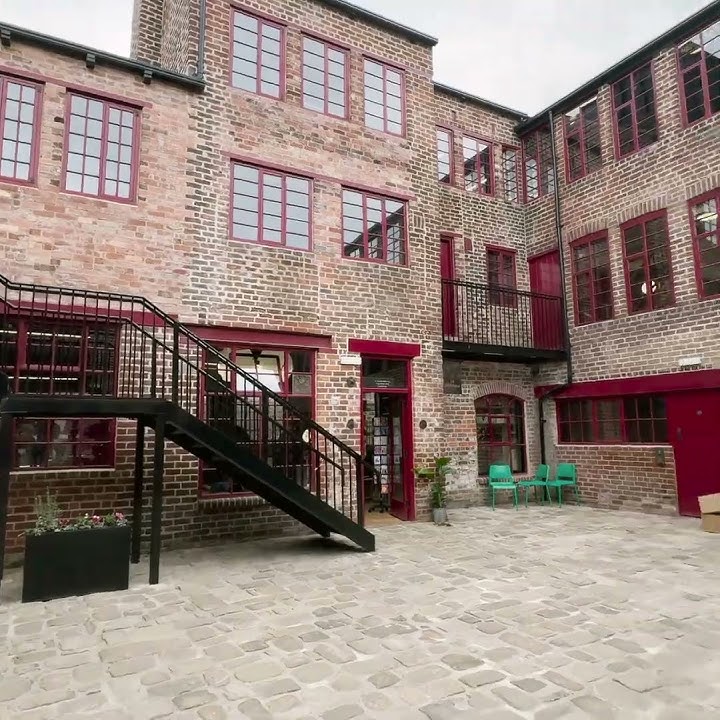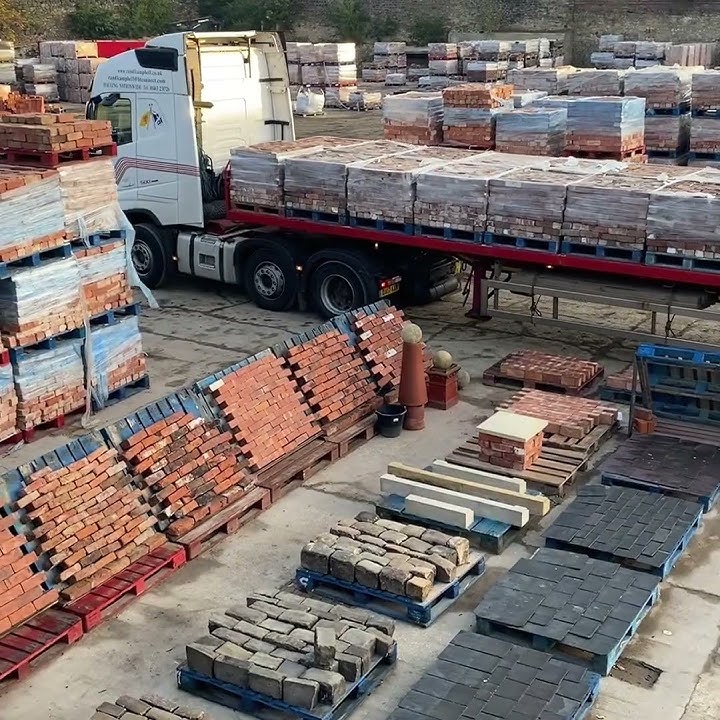The UK manufacturing sector made a positive start to the second half of 2024, with growth of output and new orders strengthening, leading to the first increase in workforce levels since September 2022.
The recovery remained broad-based, with production volumes rising across the consumer, intermediate and investment goods industries.
The seasonally adjusted S&P Global UK Manufacturing Purchasing Managers’ Index (PMI) rose to a two-year high of 52.1 in July, up from 50.9 in June and the earlier flash estimate of 51.8. The PMI has remained above the neutral 50.0 mark separating expansion from contraction in each of the past three months, its longest sequence signalling growth since mid-2022.
Four out of the five PMI components were at levels signalling an improvement in overall operating conditions in July. Alongside expansions in output, new orders and employment, average vendor lead times also continued to lengthen.
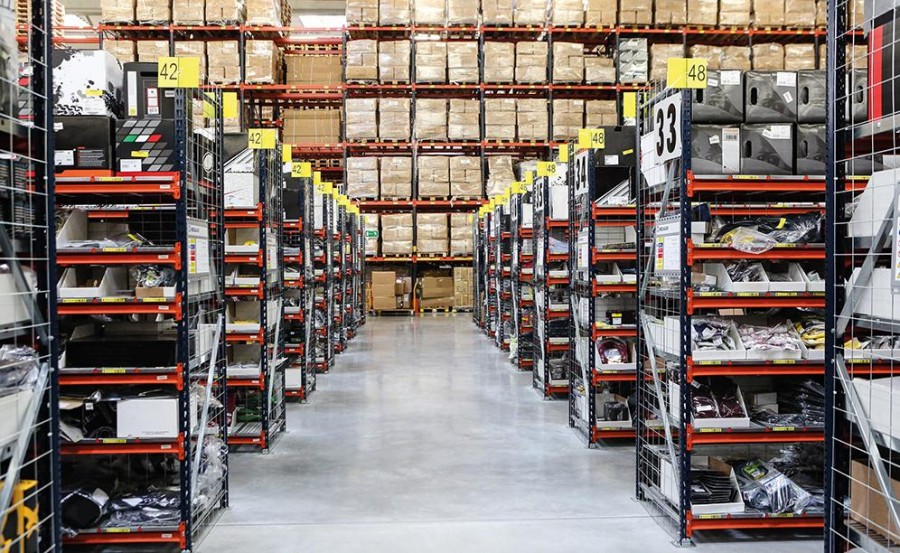
The signal provided by the latter may be slightly contradictory in nature, however, as the increase in delivery delays is mainly being driven by supply-chain constraints (such as the Red Sea crisis) as opposed to improving demand for inputs.
Stocks of purchases were depleted for the twenty-second successive month. UK manufacturing production increased for the third consecutive month in July, with the rate of expansion accelerating to a near two-and-a-half-year high. Companies linked output growth to new product launches, efforts to clear backlogs of work and improved intakes of new business.
The output recovery at UK factories was underpinned by a pick-up in the rate of new order growth. New business rose for the third month running and to the greatest extent since February 2022. Although improved inflows of new work were mainly the result of strengthening domestic demand, there were also further signs of a possible stabilisation of new export order intakes. The latest reduction in new export business was the weakest since the current sequence of contraction started in February 2022.
Improved inflows of total new business were linked to rising client activity, improved market confidence and a further abatement of destocking at customers. Manufacturers' optimism regarding the future also brightened in July, with positive sentiment rising to its second-highest level in almost two-and-a-half years. Three-in-every-five companies forecast that they would see production rise over the coming year, well above the 4% expecting contractions.
Stronger optimism reflected hopes that recent signs of economic recovery, the deployment of new technologies, planned marketing activity and new product launches would stimulate growth over the next 12 months. Improved business confidence encouraged manufacturers to take on additional staff during July. Employment rose for the first time since September 2022. This allowed companies to meet the needs of both new and existing contracts, meaning backlogs of work were reduced further. Cost concerns and efforts to improve cash flow remained at the forefront of manufacturers decision-making nonetheless. This led to lower levels of input purchasing and the sustained depletion of holdings of both inputs and finished products at warehouses.
Input price inflationary pressures continued to build at UK manufacturers during July. The rate of increase in costs accelerated to a one-and-a-half-year high, reflecting higher prices for several inputs including energy, food stuffs, metals, packaging, plastics and timber.
Market forces and freight issues were also pushing up costs at a number of firms. Part of the increase was passed on in the form of higher selling prices, which rose for the ninth month running and at the quickest pace since May 2023.
Rob Dobson, Director at S&P Global Market Intelligence “UK manufacturing has started the second half of 2024 on an encouragingly solid footing. July saw growth of production and new orders strengthen and staffing levels rise for the first time since September 2022. Hopes for an economic revival and reduced political uncertainty took confidence to one of its highest levels for two-and-a-half years, with 60% of companies surveyed now forecasting output will rise over the coming 12 months. There were also further signs that the trend in new export business is close to stabilising following a prolonged period of decline.
“Inflationary pressures remain a blot on the copybook, however, with input costs rising to the greatest extent in one-and-a-half years. The ongoing Red Sea crisis and associated freight issues are having a severe impact on prices which are then sustaining a focus on cost-caution and cash flow protection at manufacturers. This is leading to cutbacks in purchasing and a drive to leaner inventory holdings.
“Selling prices are also rising at the quickest rate since mid-2023. Policymakers are likely to take a cautious approach to loosing monetary policy amid these signs that inflationary pressures may be pivoting away from services and towards manufacturing.”









